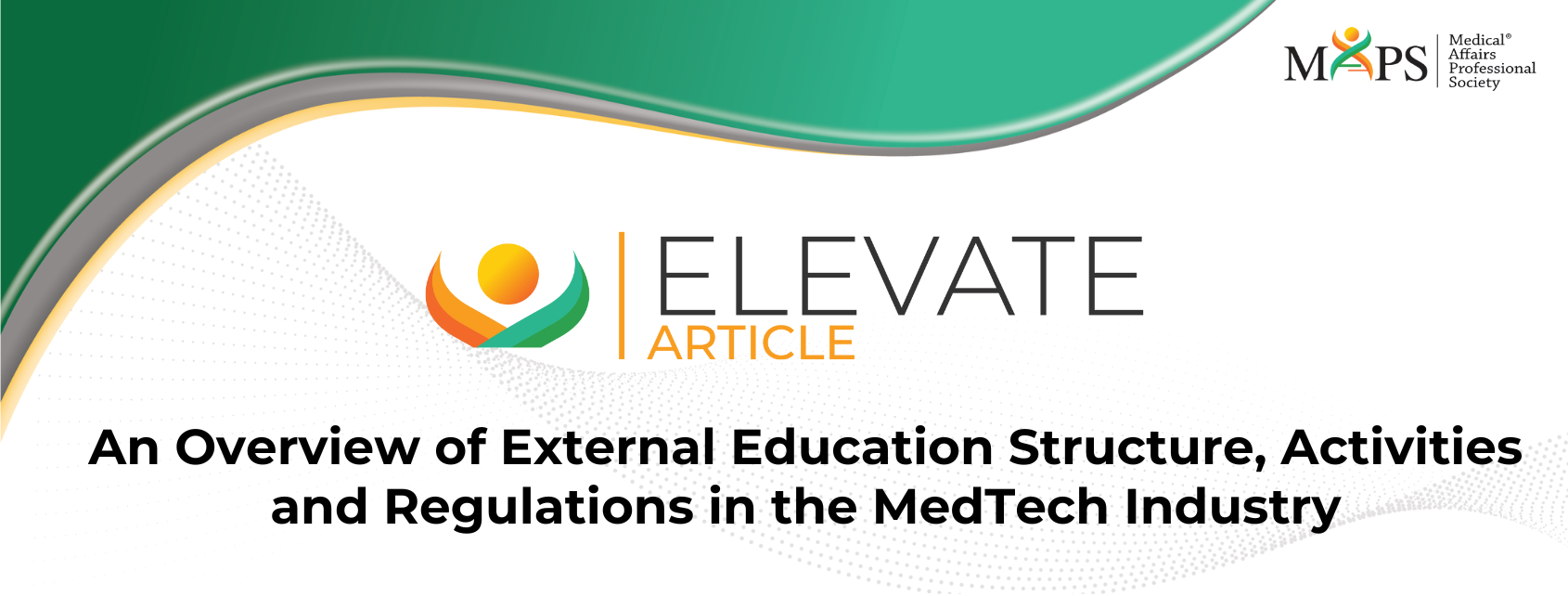Abstract
Medical technologies such as medical devices and diagnostics are set apart from pharmaceuticals in that successful deployment depends on not only equipping health care providers with the theoretical knowledge of best and safest use but also ensuring users’ practical competence. Simply, with medical technologies across the spectrum from noninvasive diagnostics to high-risk therapeutics, clinical outcomes and patient safety depend on both proper education and proper training. In fact, this training is often a gatekeeper for use, as governments, trade organizations, and even hospitals may require medical staff to be adequately trained before new medical devices can be used in their settings. External education and training of health care professionals is largely the responsibility of External Education teams within Medical Affairs. This article details the importance of the External Education function and describes best practices for the implementation of External Education related to medical diagnostics/devices within a manufacturer’s organization.
Introduction
Clinical outcomes of medical technologies such as medical devices or diagnostics rather than pharmaceutical agents are dependent on the skills of the user.1 Various publications on the adoption of new medical technologies have demonstrated that clinical competency in the use of therapeutic and diagnostic medical devices is acquired only after adequate theoretical and practical training and experience.2 The studied procedures all had a discernable and specific learning curve in order to achieve proficiency, which is reflected in a positive correlation of, for instance, shorter procedure duration and lower complication rates with an increasing number of procedures performed.3,4 As this is also acknowledged by regulatory bodies and reimbursement authorities, market approval and/or reimbursement are increasingly made contingent upon the availability of adequate user training commensurate to the risk profile of a medical device.5,6 Competence and confidence in the deployment of medical devices are related to the quality of product and/or procedure training, which is mostly provided and/or sponsored by industry not only because of its obvious vested commercial interest in proper adoption and optimal clinical outcomes but also because they are the experts in the rationale of the design and thus the technical merits and limitations of their device/diagnostic.



